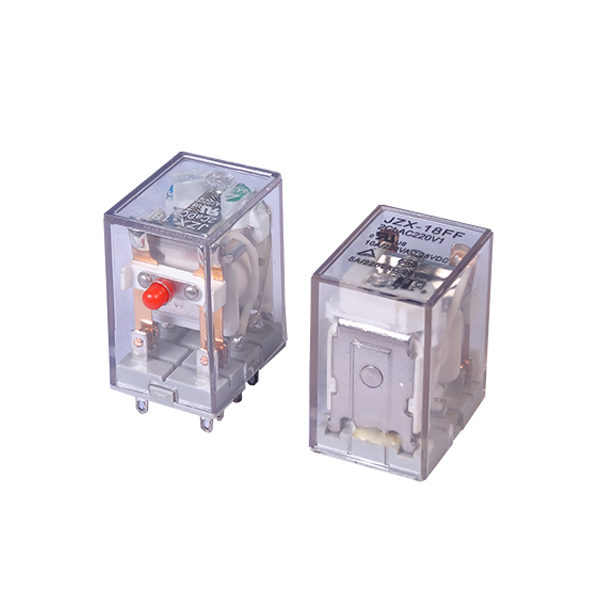Ensuring Optimal Mounting and Enclosure Requirements for General Purpose Relays for Heavy Power Switching in Various Environments
2024-04-09
Introduction:
General Purpose Relays for Heavy Power Switching are vital components in electrical systems, providing reliable control over high-power loads. Proper mounting and enclosure selection are essential to safeguard these relays from environmental hazards and mechanical stress, ensuring their optimal performance and longevity. In this blog, we'll explore the considerations and methods for determining the appropriate mounting and enclosure requirements for General Purpose Relays for Heavy Power Switching in different environments.
1. Environmental Factors:
Before determining mounting and enclosure requirements, it's crucial to assess the environmental conditions where the relays will be installed. Considerations include:
- Temperature Extremes: Determine the temperature range of the installation environment, including both high and low temperatures, to select relays with suitable temperature ratings and thermal management features.
- Moisture and Humidity: Evaluate the presence of moisture and humidity in the environment to choose enclosures with adequate sealing and protection against water ingress.
- Dust and Contaminants: Assess the level of dust, dirt, or other contaminants in the environment to select enclosures with appropriate filtration and sealing to prevent ingress.
- Mechanical Shock and Vibration: Consider the presence of mechanical shock and vibration in industrial environments to choose mounting methods and enclosures capable of withstanding mechanical stress.
2. Mounting Methods:
Once environmental factors are identified, the next step is to determine the appropriate mounting method for the relays. Common mounting methods include:
- Panel Mounting: Relays can be mounted directly onto panels or equipment using mounting holes or brackets. Panel mounting provides stability and easy access for maintenance.
- DIN Rail Mounting: DIN rail-mounted relays are secured onto standard DIN rails commonly used in industrial enclosures. DIN rail mounting offers flexibility and space-saving benefits in control panels and cabinets.
- Surface Mounting: Relays can be surface-mounted onto flat surfaces using adhesive or mounting hardware. Surface mounting is suitable for applications where panel space is limited or unconventional mounting surfaces are used.
- PCB Mounting: Relays designed for printed circuit board (PCB) mounting are soldered directly onto PCBs, providing compact and integrated solutions for electronic assemblies.
3. Enclosure Selection:
Choosing the appropriate enclosure is critical to protect General Purpose Relays for Heavy Power Switching from environmental hazards and mechanical damage. Consider the following factors when selecting enclosures:
- Material: Select enclosures constructed from durable and corrosion-resistant materials such as stainless steel, aluminum, or polycarbonate to withstand harsh environments.
- Ingress Protection (IP) Rating: Choose enclosures with IP ratings appropriate for the installation environment to ensure protection against water, dust, and other contaminants. Higher IP ratings indicate greater levels of protection.
- Thermal Management: Consider enclosures with ventilation options, heat sinks, or thermal insulation to manage temperature fluctuations and dissipate heat effectively.
- Size and Space: Ensure that the enclosure size and internal space accommodate the relay's dimensions and provide sufficient clearance for wiring and airflow.
Conclusion:
In conclusion, determining the appropriate mounting and enclosure requirements for General Purpose Relays for Heavy Power Switching involves careful consideration of environmental factors, mounting methods, and enclosure features. By assessing the installation environment, selecting suitable mounting methods, and choosing enclosures with the right material, IP rating, thermal management, and size, engineers can ensure the reliable operation and protection of relays in diverse applications. Proper mounting and enclosure selection are essential steps in optimizing the performance, longevity, and safety of General Purpose Relays for Heavy Power Switching in various environments.



